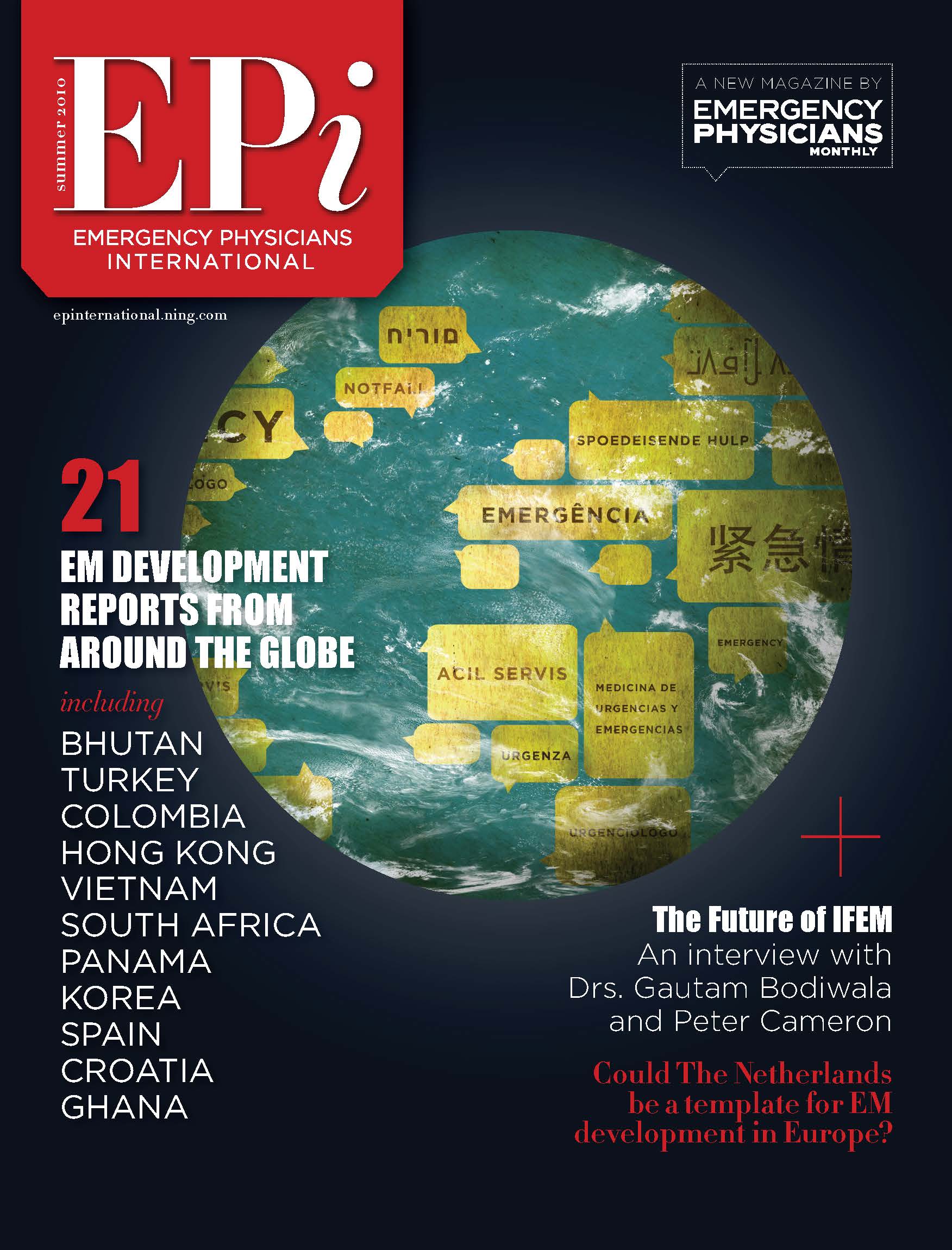Peter Cameron: Working for the Machine
Just doing another clinical shift in the “Rapid Initial Assessment Zone” (RITZ). Ten patients waiting to be seen, four in an ambulance queue, three can’t get a bed to lie on despite being in severe pain and one has chest pain needing an ECG. Overall 60 patients in the ED, 20 patients waiting to go upstairs and 15 in short stay – not too bad for a busy evening.
Go to see one of the waiting patients but the phone rings – another patient on the way. Better put on the “expects” list. Log onto the EDIS, open windows and sign off. Go to see one of the 10 waiting again, but the nurse says that they aren’t triaged (on the screen) yet, so not sure which one to take. There is a space in short stay for one of the patients in the RITZ area with renal colic, however the patient can’t go because the short stay form hasn’t been done. I go to enter the form on the computer for short stay, but someone else has logged in and left open patient notes on the screen. Log into another computer and do the paperwork. Check to see if the chest pain patient has had ECG, but still no cubicle as all the patients in the RITZ area are either waiting documentation to go to the ward or short stay.
The lab rings, blood has arrived and the wrong time has been marked on the tube and they won’t process the blood test. They ask that another blood sample and form be filled out as both form and request are inconsistent with time. I kindly ask the nurse to repeat the blood and then log into the computer to repeat the request for blood. The computer identifies that I have double ordered, therefore it double checks every request.
Radiology rings. One of the requests for a painful wrist ordered by a junior doctor from the previous shift has the pain documented on the opposite side to where it actually is. They want me to re-request the form for a wrist Xray. They also state that this is a reportable incident and that they will fill out an incident form. The patient won’t be Xrayed until the correct request has been made.
I go to see if the patient with chest pain now has a bed so that they can get an ECG, but before I can get to the cubicle, the phone rings with a result from yesterday – there is a positive blood culture from a 70-year-old who was sent home with a fever thought to be due to a UTI. I go to log into the computer to check the notes and see if the patient was OK on discharge and to get contact details to undertake an urgent phone review. I ring the patient and add a note to the file to say that they are OK and appropriate antibiotics were given.
There are now 13 patients waiting to be seen and I finally get a chance to see the ECG on the chest pain patient. Fortunately there is no STEMI! I say hello to the patient and spend three minutes asking him about the pain, then log back into the computer to make a basic note regarding the history. I quickly review the patients in the queue to make sure no one is dying, but then have to log back into the computer again to order some blood tests for the chest pain patient.
One of the patients in the queue has severe pain, but can’t access a bed. Fortunately she is clerked on the computer, so I can order analgesia. However I can’t actually give narcotic analgesia, because the “Pyxis” pharmacy system requires an authorised user. The nurses, who are authorised, are tied up with moving patients between different areas of the ED and documenting what they have done on the computer. Hopefully she will get some analgesia soon!
After an hour on this shift in the RITZ, I have spent exactly three minutes talking to the patients and more than 30 minutes facing a computer. I remember a time when doing a clinical shift, meant seeing patients, talking to patients, examining patients and treating patients. Somehow I seem to have entered a parallel universe where clinical medicine has become a technical exercise of computerised form filling with little human contact.
I wonder what the patients think?
Is this really improving patient safety and improving clinical care?
Would we be better to wait until the computing technology improved to the extent that enabled, rather than obstructed, good clinical care before widespread implementation?
Maybe these are the ramblings of an older clinician who remembers the glory days of clinical medicine. You decide.






